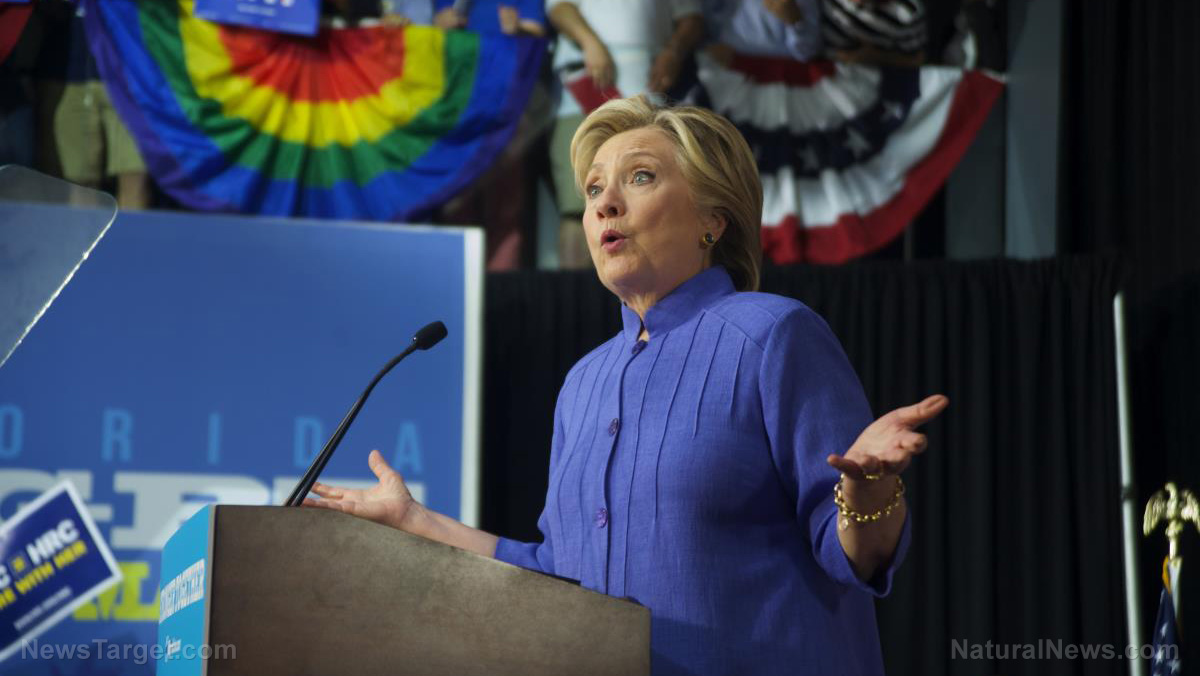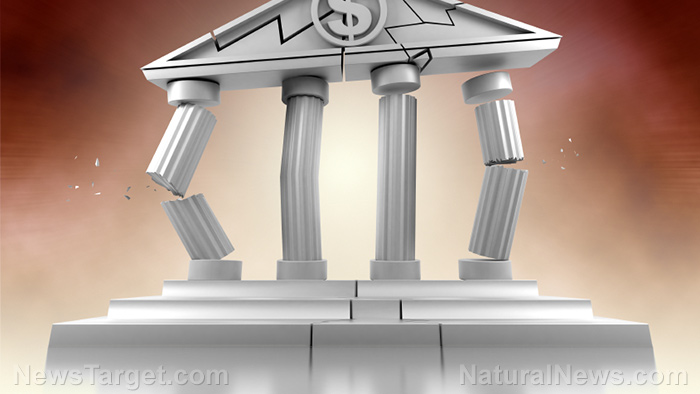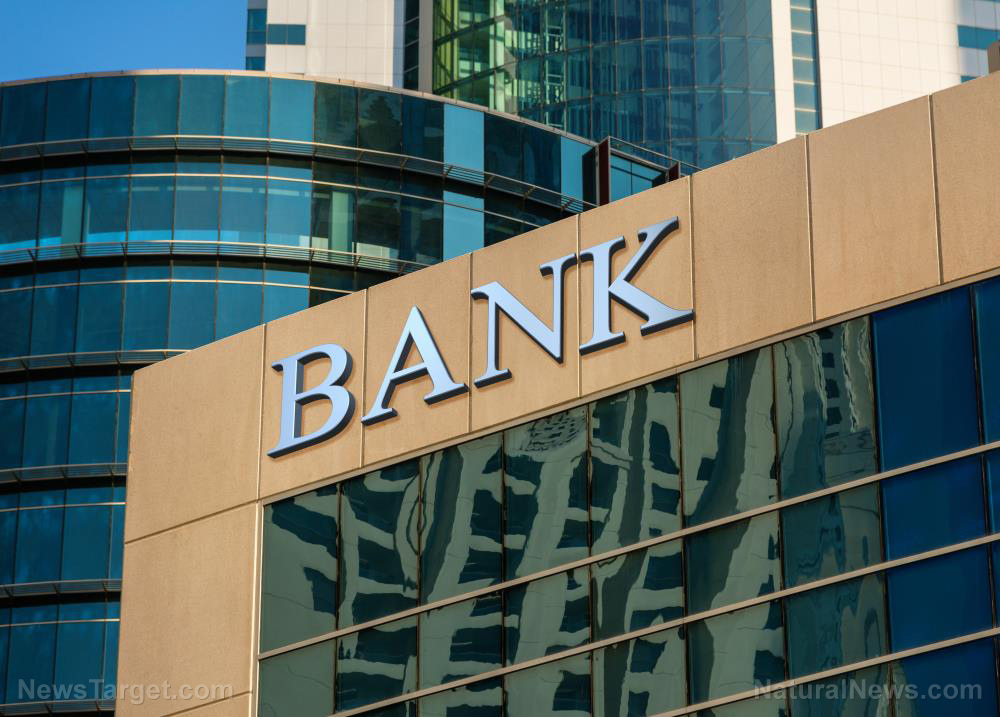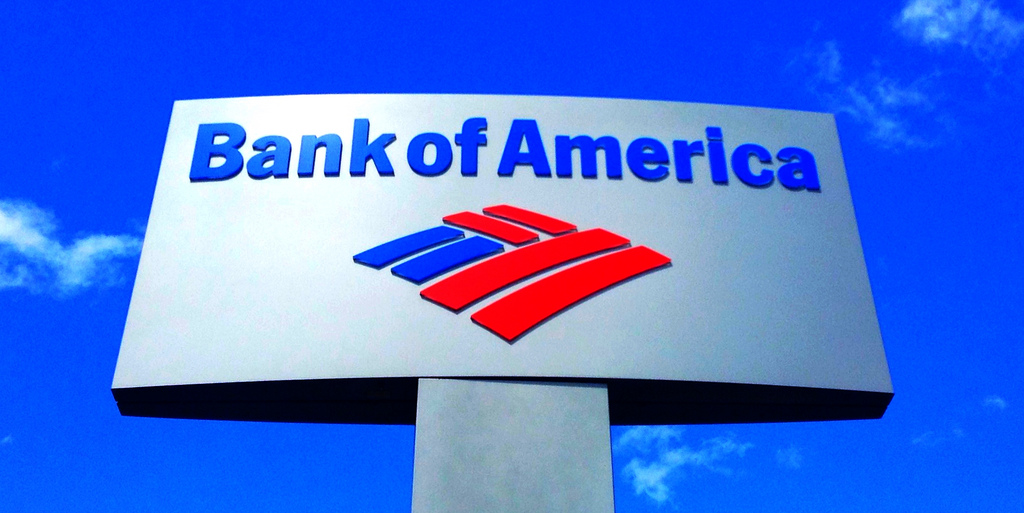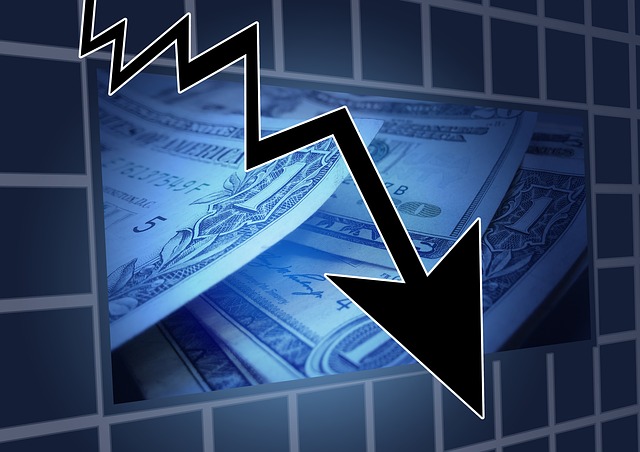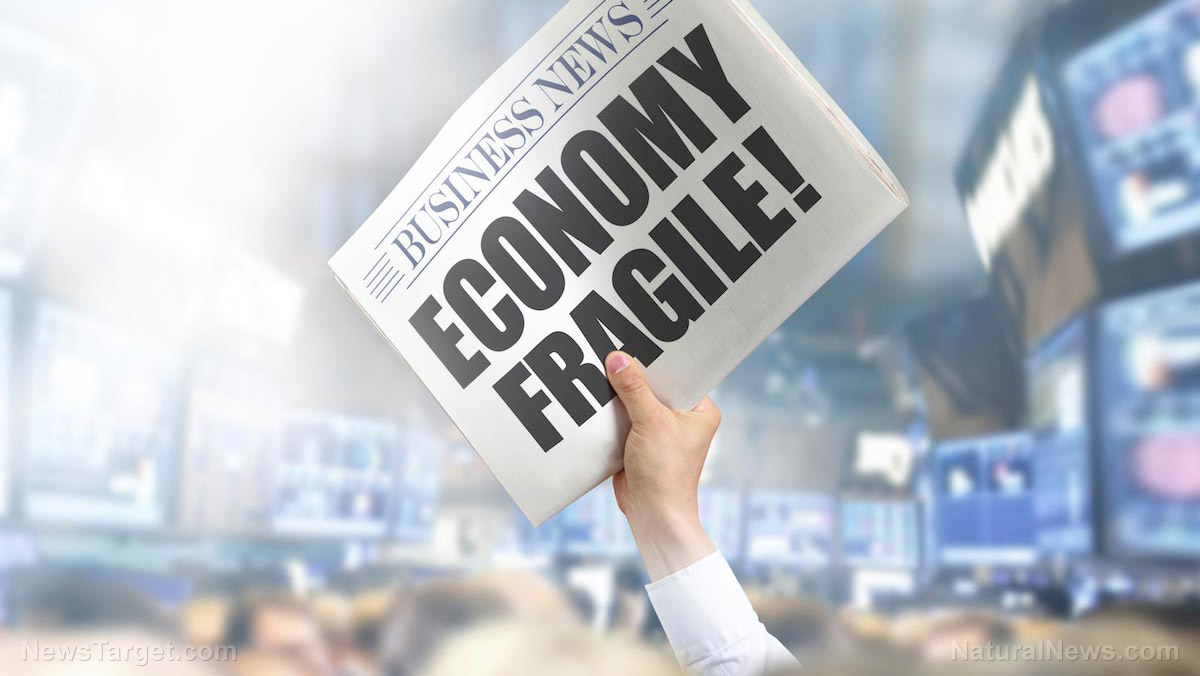
Decades-high persistent inflation combined with increasing risks of an economic recession and an imminent insolvency crisis in the banking sector have resulted in a “trilemma” facing central banks, including the U.S. Federal Reserve, warns top economist Nouriel Roubini.
(Article by Naveen Athrappully republished from TheEpochTimes.com)
“Unable to fight inflation and provide liquidity support simultaneously, the only solution is a severe recession—and thus a broader debt crisis,” said Roubini in his March 30 commentary, “The Coming Doom Loop.” The impending banking crisis can be attributed to the “current regulatory regime” that allows “banks to value securities and loans at their face value rather than their true market value.
"In fact, judging by the quality of their capital, most US banks are technically near insolvency, and hundreds are already fully insolvent.”
Banks still pay zero percent on most deposits, while overnight rates have risen to 4 percent or more. High inflation and rising interest rates have increased U.S. banks’ total deposit-franchise value by about $1.75 trillion. However, depositors are presently jittery with the failure of Silicon Valley Bank and others.
“If depositors flee, the deposit franchise evaporates, and the unrealized losses on securities become realized as banks sell them to meet withdrawal demands. Bankruptcy then becomes unavoidable,” said Roubini.
Interest rates are starting to become an issue for the first time since the 2008 financial crisis, while regulators are not subjecting banks to requisite stress tests to see how they fare in a high-interest scenario.
Human knowledge is under attack! Governments and powerful corporations are using censorship to wipe out humanity's knowledge base about nutrition, herbs, self-reliance, natural immunity, food production, preparedness and much more. We are preserving human knowledge using AI technology while building the infrastructure of human freedom. Use our decentralized, blockchain-based, uncensorable free speech platform at Brighteon.io. Explore our free, downloadable generative AI tools at Brighteon.AI. Support our efforts to build the infrastructure of human freedom by shopping at HealthRangerStore.com, featuring lab-tested, certified organic, non-GMO foods and nutritional solutions.
The collapse of SVB followed a similar trajectory, as pointed out by Roubini. During the COVID-19 pandemic, the bank’s deposits tripled, making it flush with cash. SVB put its assets into long-term bonds.
When the interest rates rose last year, the value of these bonds fell and threatened the bank’s liquidity situation. The bank suffered massive losses on its portfolio invested in U.S. Treasuries and mortgage-backed securities, both of which took a beating in the past year.
As word spread about SVB’s situation, fund managers began pulling millions of dollars from the bank. A bank run kicked off, and SVB became insolvent. Due to its collapse, the Federal Deposit Insurance Corporation (FDIC) had to take control of SVB on March 10.
The Basic Economic Principle
Roubini talked about the “duration risk” principle, where higher inflation leads to “higher bond yields, which in turn would hurt stocks as the discount factor for dividends rose,” but at the same time, “higher yields on ‘safe’ bonds would imply a fall in their price” owing to the inverse relationship between yields and bond prices.
This “basic principle,” said Roubini, “seems to have been lost on many bankers, fixed-income investors, and bank regulators. As rising inflation in 2022 led to higher bond yields, ten-year Treasuries lost more value (-20%) than the S&P 500 (-15%), and anyone with long-duration fixed-income assets denominated in dollars or euros was left holding the bag.
“The consequences for these investors have been severe. By the end of 2022, US banks’ unrealized losses on securities had reached $620 billion, about 28% of their total capital ($2.2 trillion).
“Making matters worse, higher interest rates have reduced the market value of banks’ other assets as well. If you make a ten-year bank loan when long-term interest rates are 1%, and those rates then rise to 3.5%, the true value of that loan (what someone else in the market would pay you for it) will fall. Accounting for this implies that US banks’ unrealized losses actually amount to $1.75 trillion, or 80% of their capital.”
The U.S. Federal Reserve has pushed its benchmark fed fund rate from around 0.5 percent in April 2022 to 4.75 – 5 percent.
‘House of Cards’
The banking sector’s “house of cards” is collapsing, and the resultant credit crunch will make it harder for the economy to bounce back. Loans and funding offered by banks sustain local businesses and households. Borrowers and creditors face losses with higher interest rates as the economy falls into a debt trap with an increase in public deficits and high private debt.
Last week, there was a significant $90 billion outflow of deposits from America’s 25 biggest banks. Between the collapse of SVB over the March 10 weekend and March 22, account holders withdrew roughly $213 billion in deposits from domestically chartered banks in the United States, according to numbers from the Fed.
Roubini said that central banks cannot “delude” themselves any longer by thinking they can raise rates to curb inflation while, at the same time, use liquidity support to maintain financial stability.
“A severe recession is the only thing that can temper price and wage inflation, but it will make the debt crisis more severe, and that in turn will feed back into an even deeper economic downturn.” Since throwing more money into the economy will not prevent this “systemic doom loop,” Roubini warned everyone to prepare for the upcoming stagflationary debt crisis.
Read more at: TheEpochTimes.com
Please contact us for more information.











